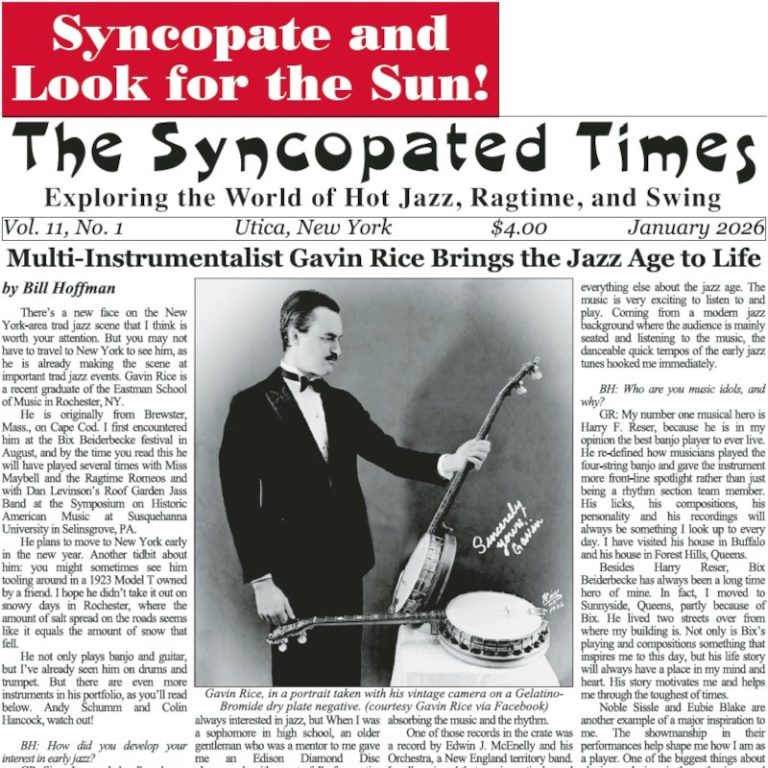Just over two years ago, I was contacted through my Drums In The Twenties website by a man called Bob Matthews. He was at that time ninety years old, and living in more or less complete isolation in a remote rural community in North Carolina.
Over the course of several emails his life story gradually unfolded, and a remarkable one it is—its dramatis personae including numerous seminal jazz heroes, with the clubs of New York and New Orleans during the heady period immediately following the Second World War as a backdrop. Since then, Bob and I have become regular pen pals, and he’s entrusted me by international mail with several of his most treasured possessions, including the only extant copy of the EP he recorded, in New Orleans in 1955, for the great jazz historian Bill Russell and his voracious tape machine: Drum Solos.
Drum Solos has never been released to the public—until now, 66 years later! Despite the passage of time, it’s a thrilling glimpse of a great but almost-forgotten virtuoso of the skins—and a unique document redolent of the fascinating period in jazz history when the first great generation of heroes passed on the torch to another.
Bob was born in Atlanta, Georgia, in 1928. As a very young child he was entranced by music and having begun lessons on mallet percussion and piano, received his first drum (“a beautiful wood parade drum”) aged nine. In his h
You've read three articles this month! That makes you one of a rare breed, the true jazz fan!
The Syncopated Times is a monthly publication covering traditional jazz, ragtime and swing. We have the best historic content anywhere, and are the only American publication covering artists and bands currently playing Hot Jazz, Vintage Swing, or Ragtime. Our writers are legends themselves, paid to bring you the best coverage possible. Advertising will never be enough to keep these stories coming, we need your SUBSCRIPTION. Get unlimited access for $30 a year or $50 for two.
Not ready to pay for jazz yet? Register a Free Account for two weeks of unlimited access without nags or pop ups.
Already Registered? Log In
If you shouldn't be seeing this because you already logged in try refreshing the page.




